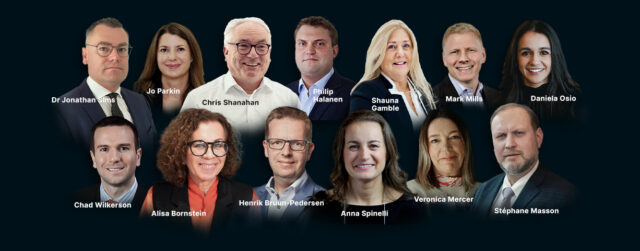Correspondent banking represents one of the most vexing dilemmas for financial institutions and those who regulate them. On the one hand, it has long been a key mechanism for integrating developing countries into the global financial system and giving them access to the capital they need. On the other hand, correspondent banking relationships are inherently risky for the global banks that grant access to the respondent bank’s customers without being able to directly conduct Know Your Customer/Customer Due Diligence (KYC/CDD) checks on them.
It’s not a small problem: make access too easy and you risk allowing billions of illicit funds through your door; cut off the relationships and you starve emerging markets of capital and drive their transactions into the shadows.
To its credit, the Financial Action Task Force (FATF) understands the dilemma and has provided continued guidance to clarify the issue. In its October 2016 Guidance on Correspondent Banking Relationships, it explicitly stated that its standards “do not require financial institutions to conduct customer due diligence on the customers of their customer (i.e., each individual customer)”. Rather, they require the correspondent bank to conduct sufficient due diligence on the respondent bank’s processes to understand the risk they present and whether the risk is acceptable within their risk management framework.
Still, many global institutions have decided over the past few years to “de-risk” by shutting down or curtailing their correspondent banking relationships in many countries. It’s easy to see why. It makes sense to exit a relationship when the risk associated with it exceeds your risk tolerance. But the solution doesn’t need to be this drastic. After all, correspondent relationships aren’t inherently bad, they just present a higher level of risk than the bank is willing to accept. Lower the risk and you’re back in business.
The solution is straightforward, at least in concept: lower the risk by increasing the effectiveness of respondent banks’ AML/CTF programs. This approach is exemplified by our partner Standard Charter’s “De-Risking Through Education” strategy, featuring regional Correspondent Banking Academies to help raise awareness of best practices and emerging technologies.
Heidi Toribio, Managing Director, Global Head Financial Institutions, Global Banking, at Standard Chartered Bank said that the initiative was key to preserving correspondent banking relationships, and removing ambiguity from compliance standards through partnership. “Correspondent banking goes to the heart of facilitating cross-border trade and financing growth, which is central to our DNA and our purpose as a bank,” she said.
A key element to preserving these relationships is improving the controls within the respondent bank by leveraging emerging technologies like Artificial Intelligence. Silent Eight understands this and has developed solutions to meet this need. With its AI-driven screening system, banks in developing countries could demonstrate a data-driven AI process that learns and improves its output as it addresses alerts. The process gives reliable results, resolving each alert and documenting the reason for the action. The whole AI process is systematic, reliable, consistent and auditable, and provides the analyst clear information on which to make a final determination.
Leveraging AI solutions into AML/CTF programs is a priority for banks in developing countries so they can demonstrate that their programs are up to global standard. It should also be a priority for global institutions that are or were acting as correspondents, since it allows them to diversify into a broader range of markets at an acceptable level of risk. Together with initiatives like De-Risking Through Education, the adoption of technology like Silent Eight can help developing economies once again gain access to global financial markets and help keep their financial transactions out of the dark.











